Fire Ants In Tennessee?
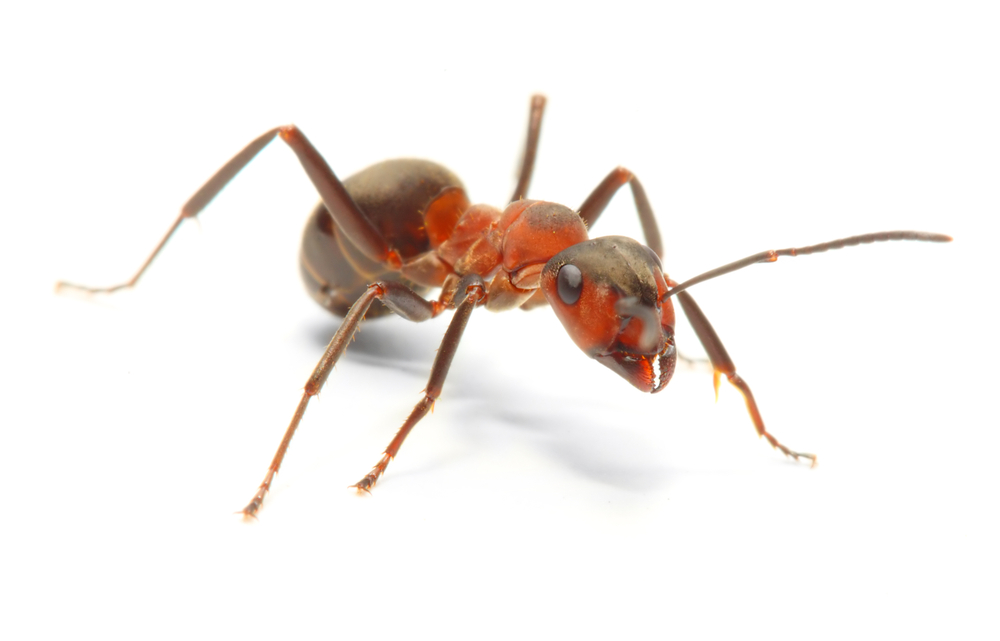
Are there fire ants in Tennessee? Yes! And generally throughout the south.
Adult red imported fire ants are reddish to dark brown. Read More
Brown Dog Tick Most Widespread
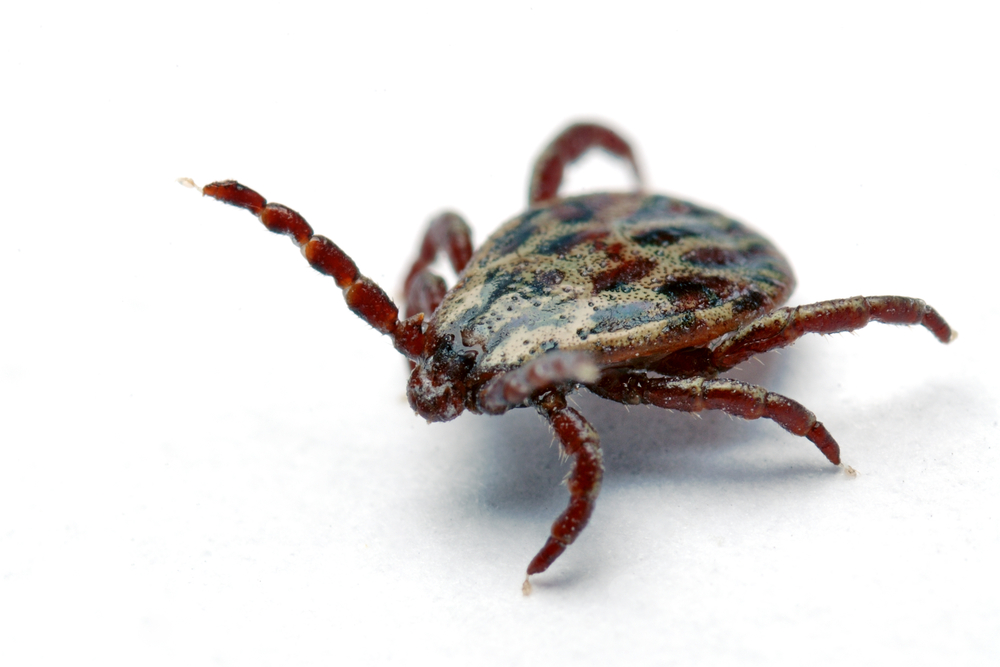
BROWN DOG TICK. This pest is unique in that it can complete its entire life cycle indoors. As a result, it is more of a domestic pest (occurring in and around structures) than other tick species. Other ticks can be brought indoors, but they are not able to build populations and infest structures like the brown dog tick. Read More
Phorid Flies More Than A Nuisance
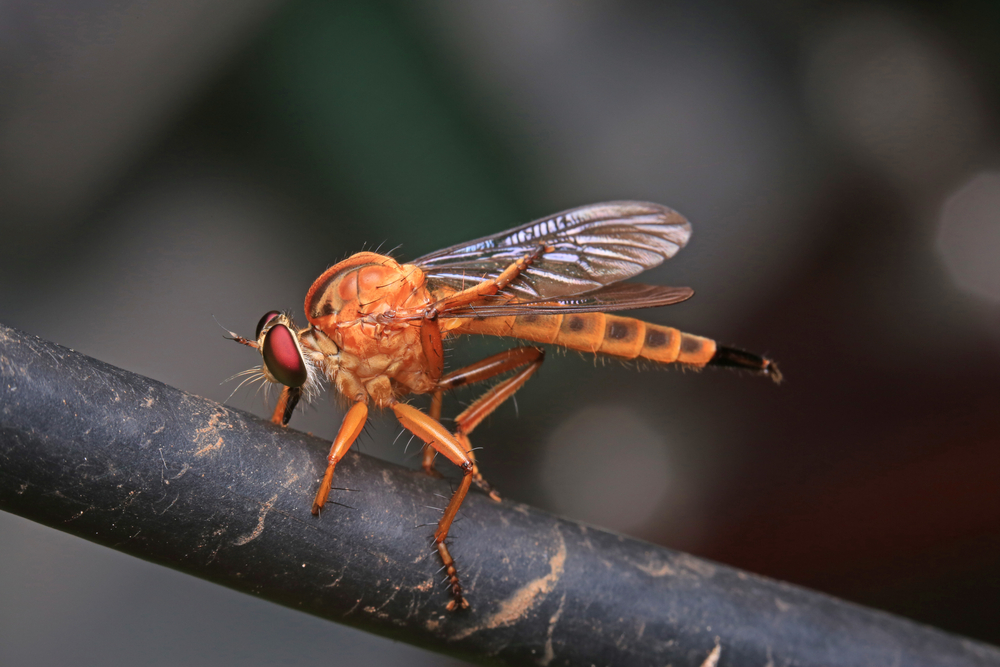
PHORID FLIES (Phoridae) are a family of small, hump-backed flies resembling fruit flies. Phorid flies can often be identified by their escape habit of running rapidly across a surface rather than taking to the wing. This behavior is a source of one of their alternate names, scuttle fly.
Read More
Clover Mites – Pest Control
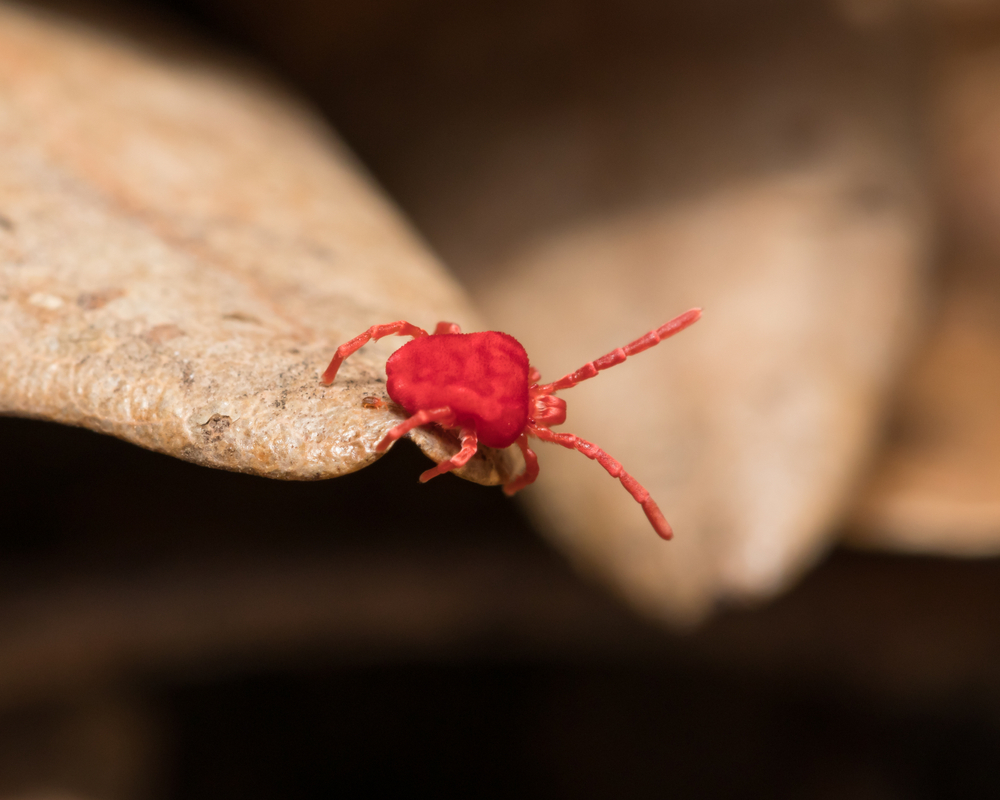
CLOVER MITES often become pests indoors after heavy rain, excessive heat or a change in the season, which stimulate massive numbers to enter buildings. To the naked eye, the mites appear as tiny moving dark spots crawling around walls, windows and doors. Crushing them to kill them leaves a reddish spot. Fortunately, the mites do not reproduce indoors and will die within a few days from dehydration.
Read More
Odorous House Ants
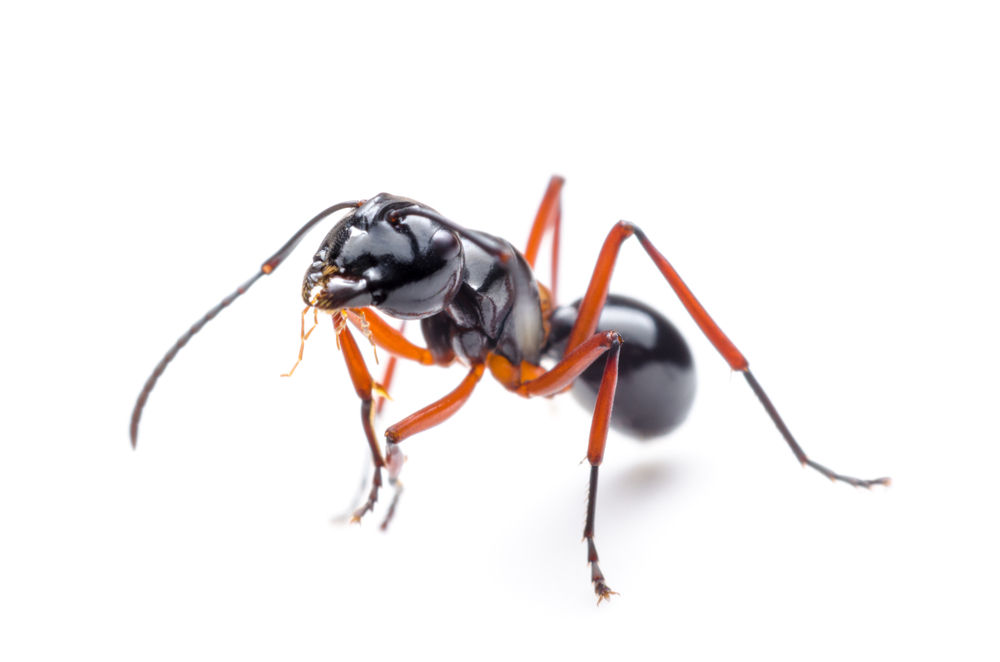
ODOROUS HOUSE ANTS – As their name suggests, odorous house ants, when crushed, emit a smell of rotting coconuts. They tend to build nests both inside and outside. Common places to find odorous house ant nests are in wall crevices, near heaters, under carpets, and beneath floors.
Read More
Paper Wasps – Pest Control
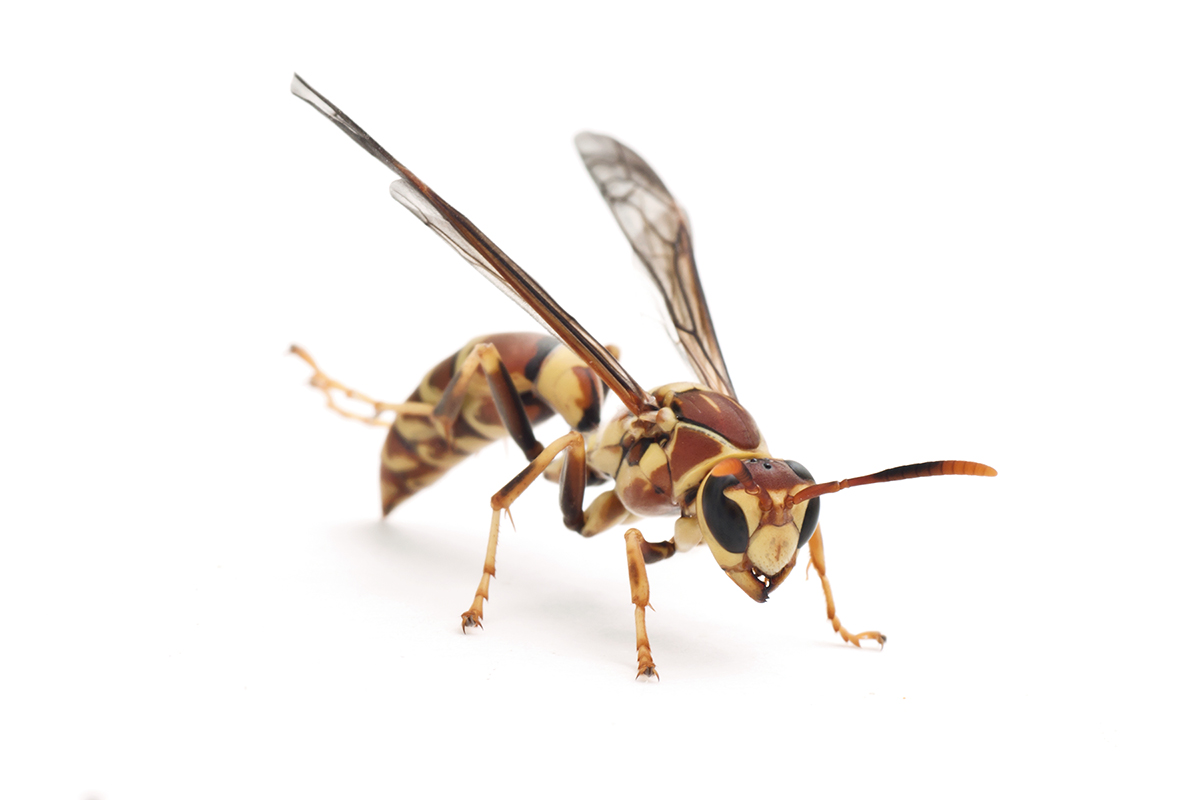
PAPER WASPS gather fibers from dead wood and plant stems, which they mix with saliva, and use to construct water-resistant nests made of gray or brown papery material. Some types are also called umbrella wasps, due to the distinctive design of their nests.
Read More
Rodents Unwelcome Invaders
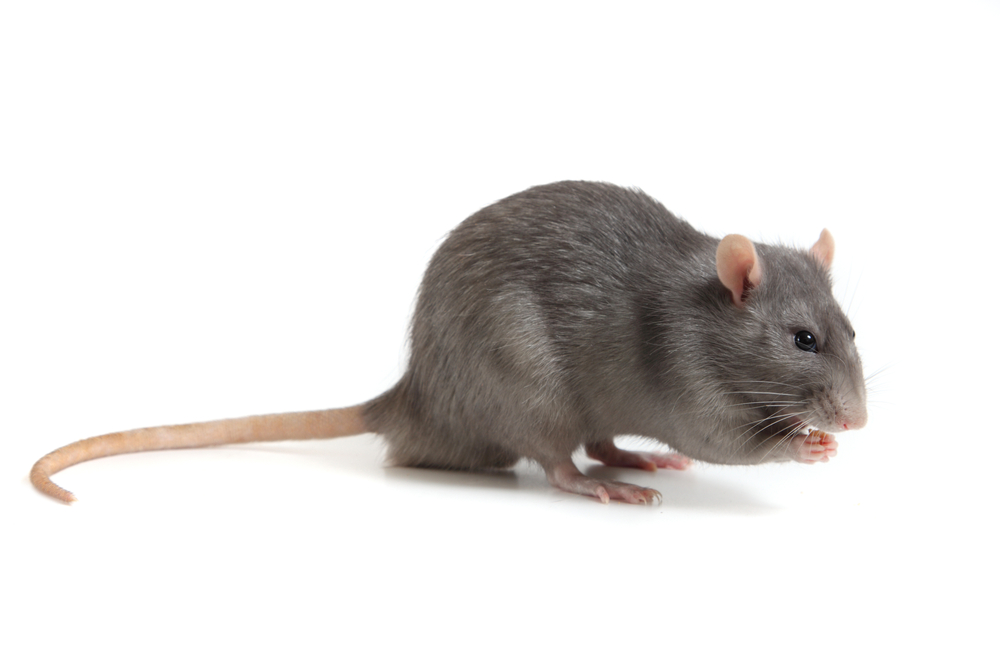
Where does all of our social isolating leave those urban-dwelling rodents who depend on our food garbage for sustenance? Secondarily, and perhaps even more worrying, where will those survivalists turn to when their need for food becomes dire?
Read More
Spiders – Pest Control
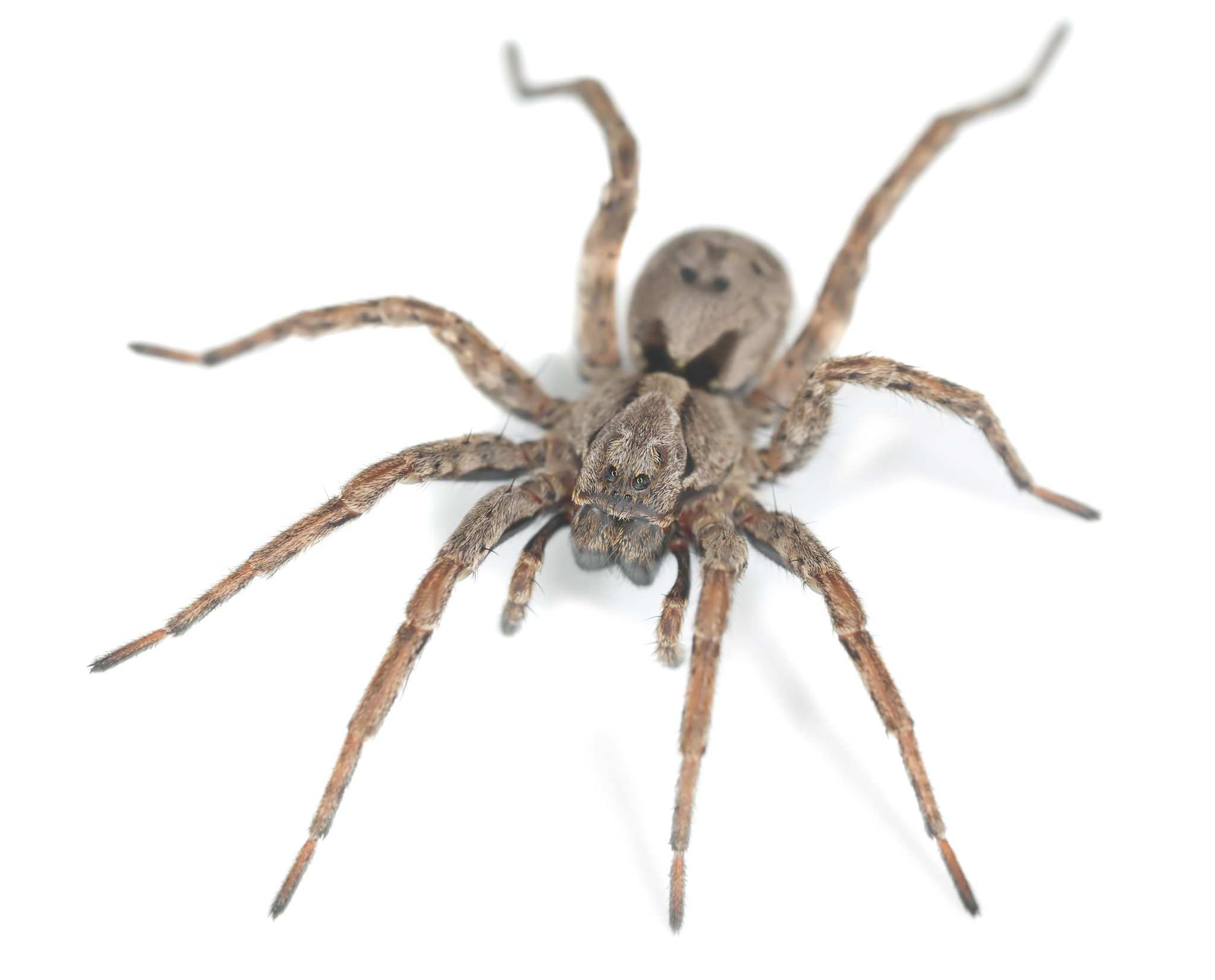
Encounters between people and spiders are usually accidental and bites are a response by the spider when its web or nest (or the spider itself) is disturbed. Most produce venom therefore, they could be considered “poisonous.” The venom is stored in glands that empty into the spider’s fangs or chelicerae. For the most part, spider bites are insignificant. Read More
Houseflies – Pest Control
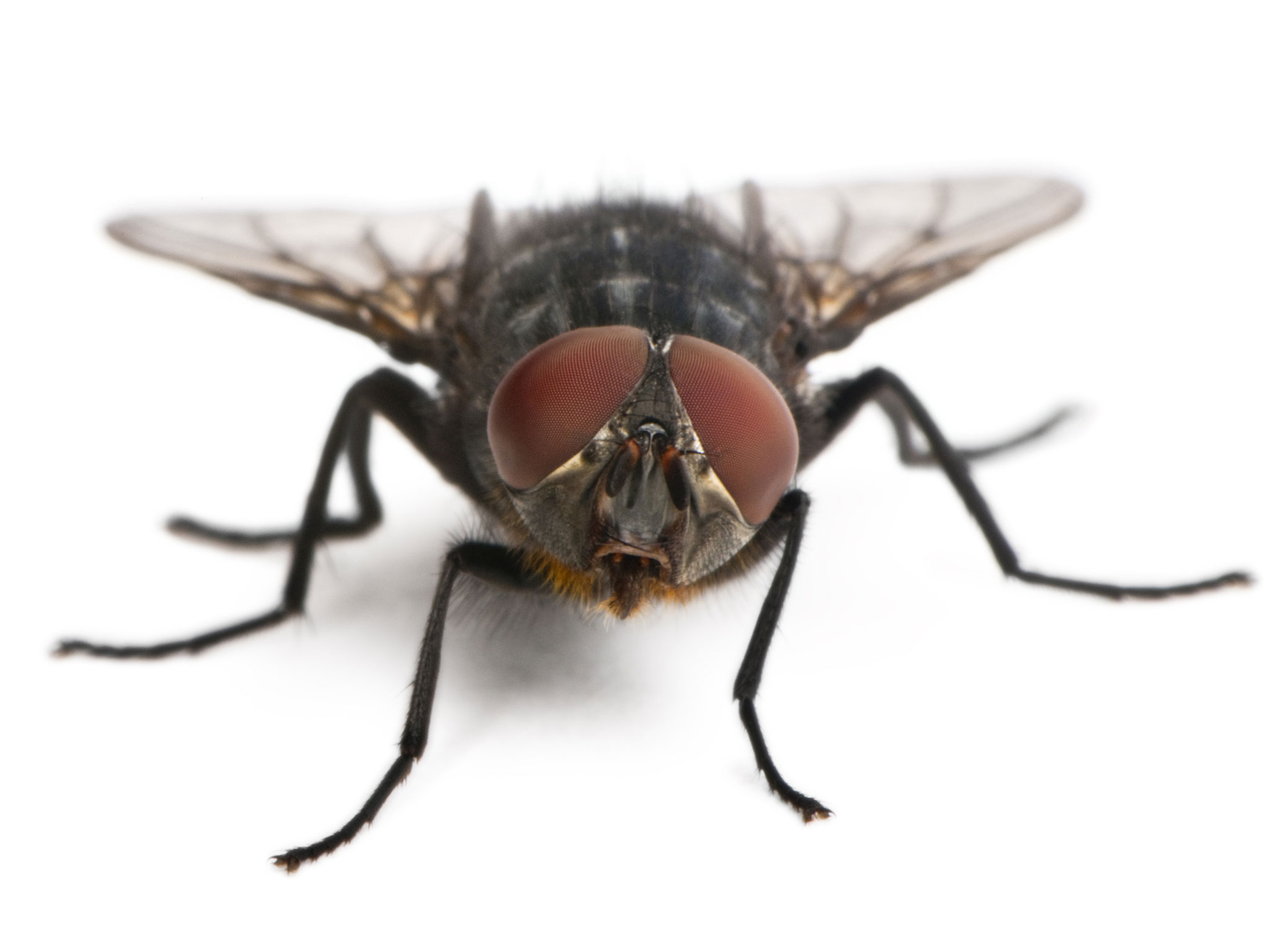
Houseflies, to say the least, are not the neatest of insects. They visit such places as dumps, sewers, and garbage heaps. They feed on fecal matter, discharges from wounds and sores, sputum, and all sorts of moist decaying matter such as spoiled fish, eggs and meat. Nasty. They are a pest-control challenge.
Read More
Ticks Transmit Harmful Diseases
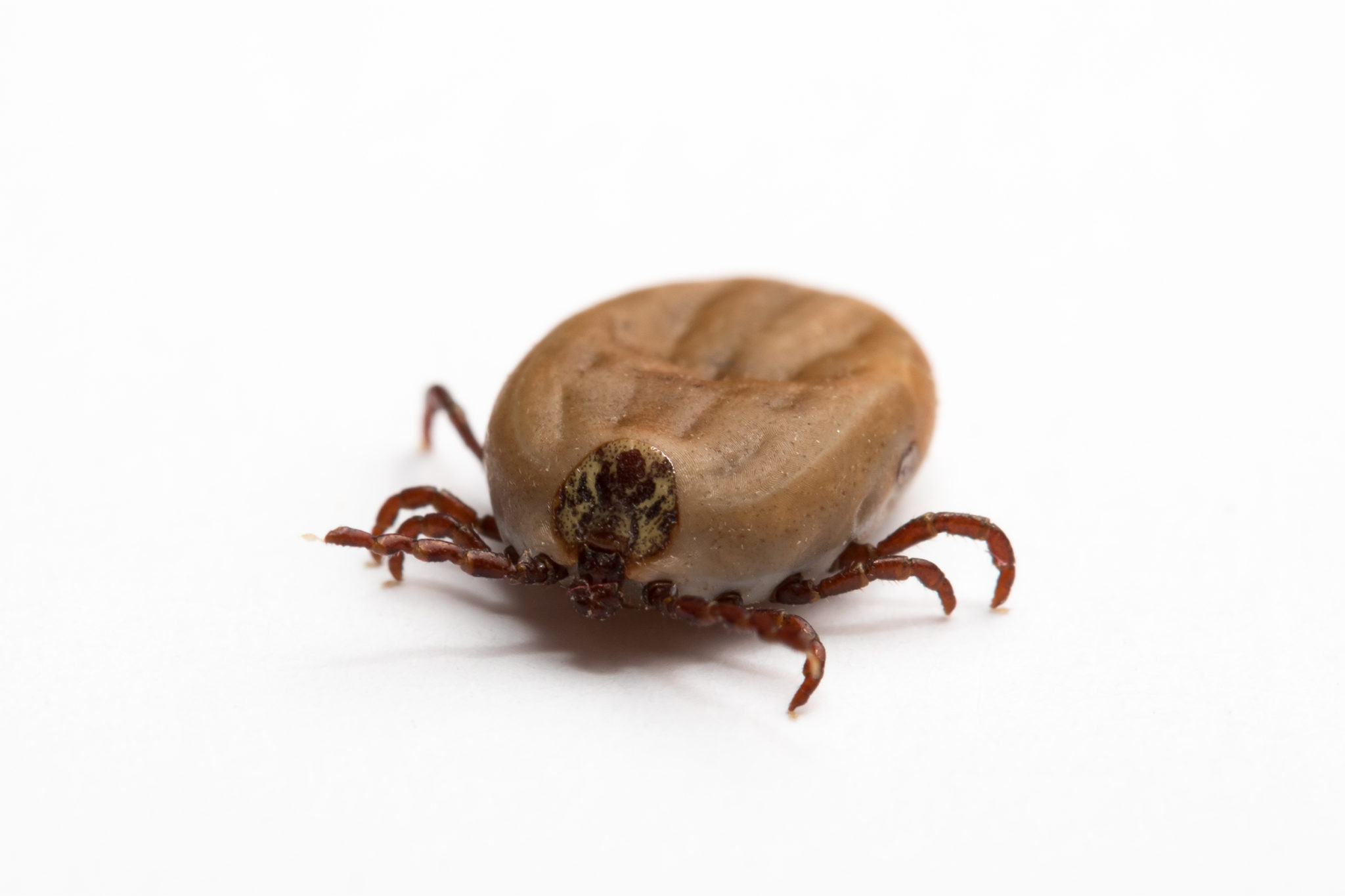
When ticks feed, they take up whole blood, extract the water (about 70–75% volume) and inject the water back into the host. For this reason, they are efficient vectors of a variety of disease-causing organisms such as bacteria, spirochetes, rickettsia, protozoa, viruses, nematodes, and toxins. Read More
